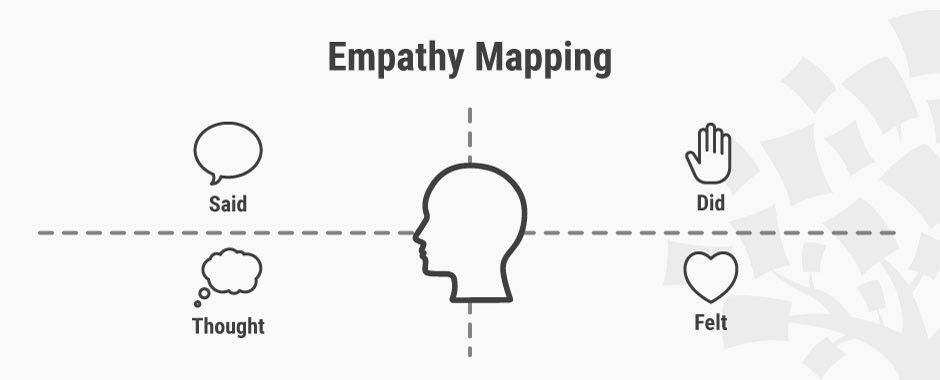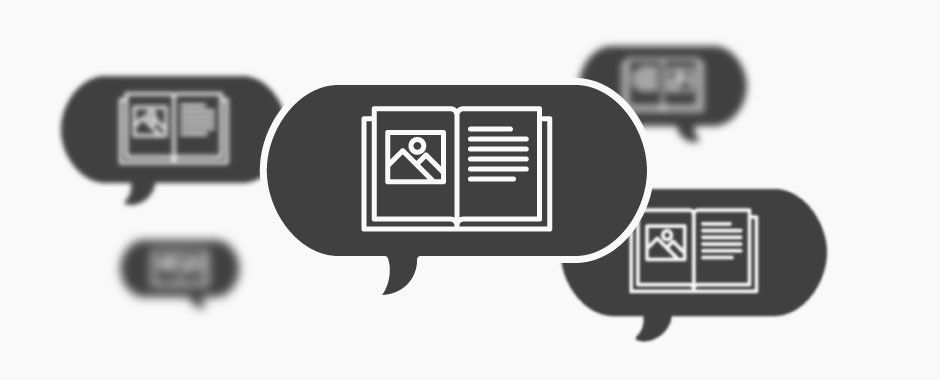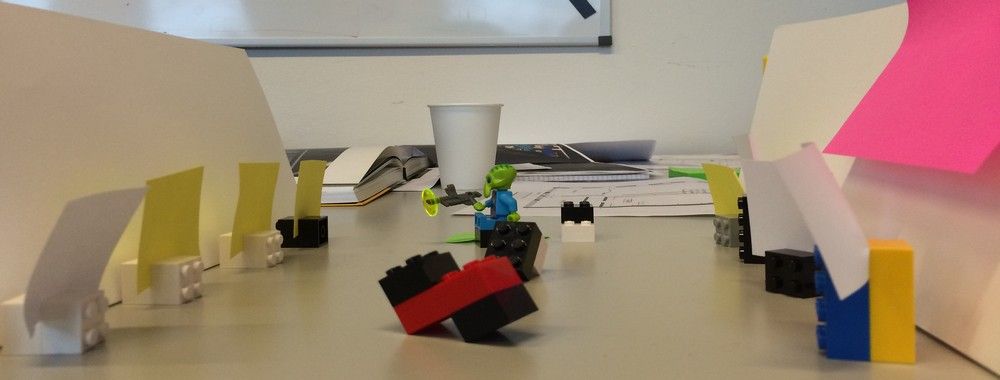See how to empathize with users to gather a wealth of insights and fuel your design process.
Empathize with Real People – Leave Your Assumptions Outside
Empathize is design thinking’s first stage for a reason. It’s the first step on the road to thoughtfully designed products that prove the designers built with a compassionate eye for their users. Empathy is a naturally occurring characteristic which people have in varying degrees. However, they can improve their ability to empathize as a soft skill. Anyone in a design team will have preconceived ideas about the many situations people find themselves in as users. It’s unavoidable – you can’t unlearn your life experience. Therefore, you should always adopt a beginner’s mindset to be able to view and analyze situations with users objectively.
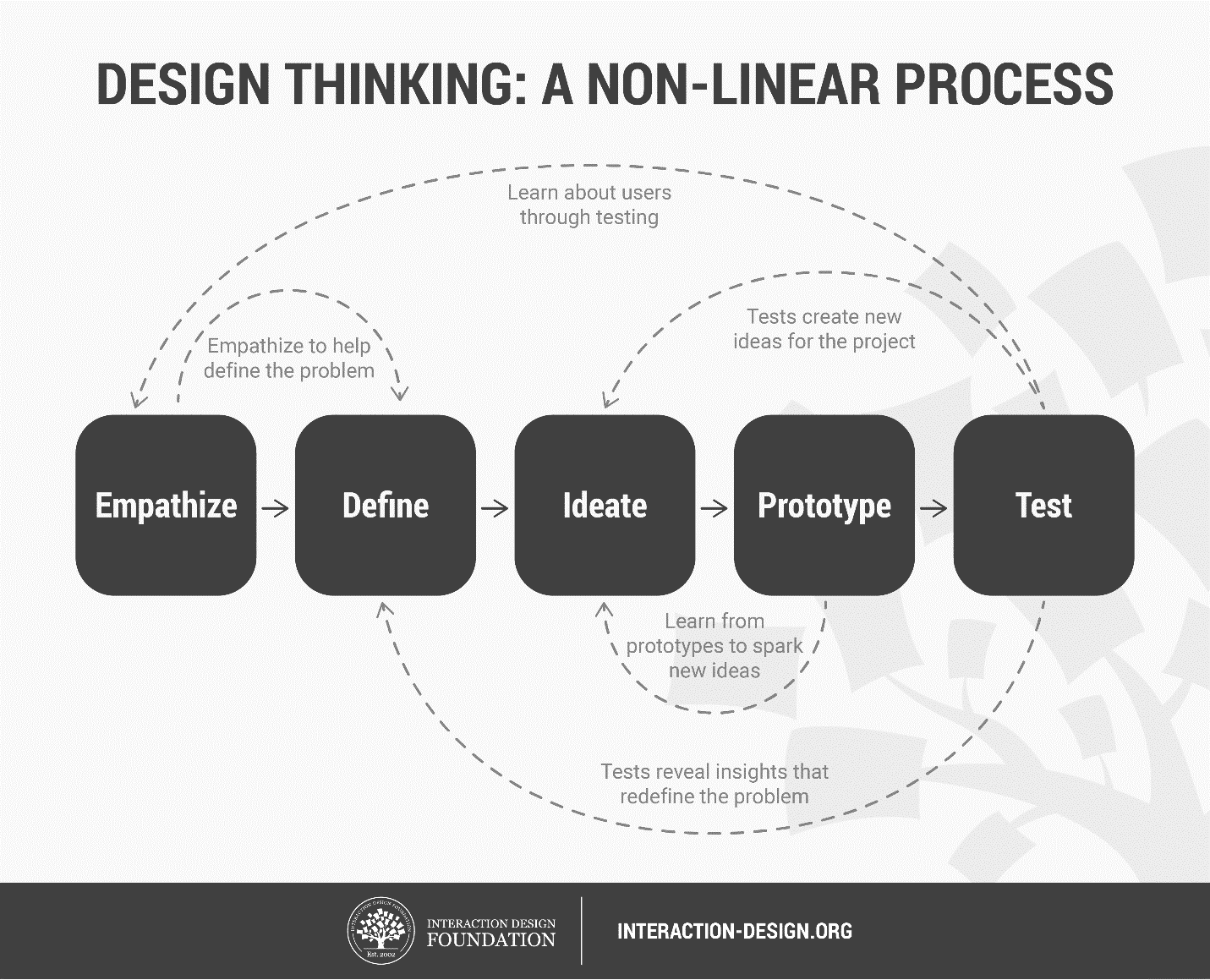
Empathize is the first stage in the design thinking process.
To empathize is to research. So, you should constantly remind yourself to question everything you observe instead of judging. You should also listen to others open-mindedly rather than focus on points that confirm your biases. Because our biases will naturally creep into how we view the world and the situations we consider, as designers—or design thinkers—we must catch and overcome these before they distort our research. You must become fully objective before you can start to see through your users’ eyes and interpret their viewpoints optimally. They are the experts. You must understand the users’ dimensions of use (e.g., tasks) and their feelings (e.g., motivations) before you can work towards delighting them through your design.
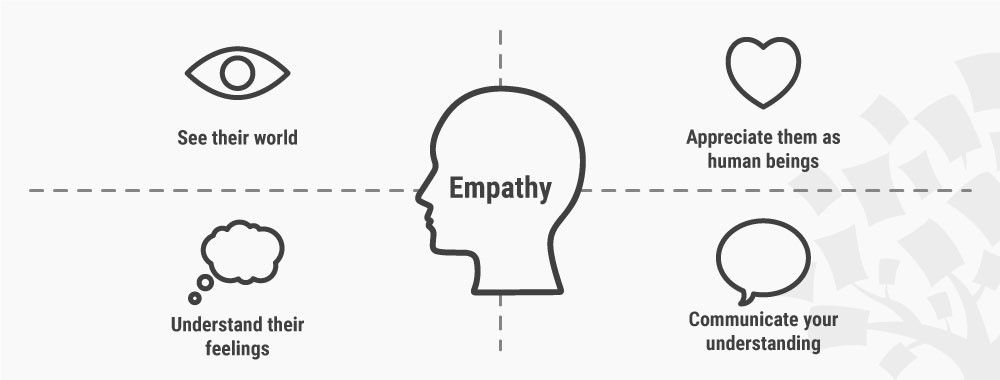
When you empathize you try to understand you users’ perspective.
How to Empathize to Get the Right Insights
You have a range of options, including:
- Observing real users. Ask these questions to shift from concrete observations to abstract motivations:
- “What?” – You detail your observations.
- “How?” – You analyze how users do things (e.g., with difficulty).
- “Why?” – You make educated guesses about the users’ emotions and motivations.
- Conducting photo- and/or video-based studies in users’ natural environments or sessions with the design team or consultants – You record these users while they try to solve an issue you propose to resolve with your design.
- Personal photo/video journals – You ask users to record their own experiences with approaching a problem. These may capture their pain points more accurately.
- Interviewing users – Your team uses brainstorming to first find the right questions to ask in a generally structured and natural flow. Then, you can directly ask users for their insights in an intimate setting where they can respond earnestly to open-ended questions.
- Engaging with extreme users – You find the extreme cases within your userbase to determine the greatest degrees of users’ needs, problems and problem-solving methods. You can then see the full scope of problems which typical, non-extreme users might run into. If you can satisfy an extreme user, you can satisfy any user.
- Analogous empathy – Your team finds effective analogies to draw parallels between users’ problems and problems in other fields. This way, you can get insights you’d otherwise overlook.
- Sharing inspiring stories – Your team shares stories about what they have observed so you draw meaning from these and note fascinating details.
- Bodystorming – You wear equipment (e.g., goggles, gloves, torso attachments) to gain first-hand experience of your users in their environment.
- Empathy maps and customer journey maps – Your team should have at least one of these as a reference point to appreciate the users’ perspectives.
- Personas to establish accurate portraits/profiles of users who’ll interact with your product.
Whichever approach/es you take, beware of formulating solutions at this stage. Aim to realistically envision possible scenarios where users experience problems. Empathize is not just a key part of design thinking. It’s also pivotal to user-centered design and user experience (UX) design. When your design team remains aware of your users’ realities and passionate about helping real people solve real problems, you’ll reap precious insights which you can ultimately translate into products your users will love.
Learn More about Empathize
Take our Design Thinking course to learn how to empathize to guide successful designs: https://www.interaction-design.org/courses/design-thinking-the-beginner-s-guide
Follow this designer’s story about how to empathize successfully: https://careerfoundry.com/en/blog/ux-design/empathy-and-ux-design/
Find invaluable tips on how to empathize here: https://uxplanet.org/empathy-in-ux-design-what-it-is-and-why-its-important-3f6a8919ef10
For a deeper view of how to empathize from a more psychology-based UX angle, read this: https://uxmag.com/articles/what-is-empathy
